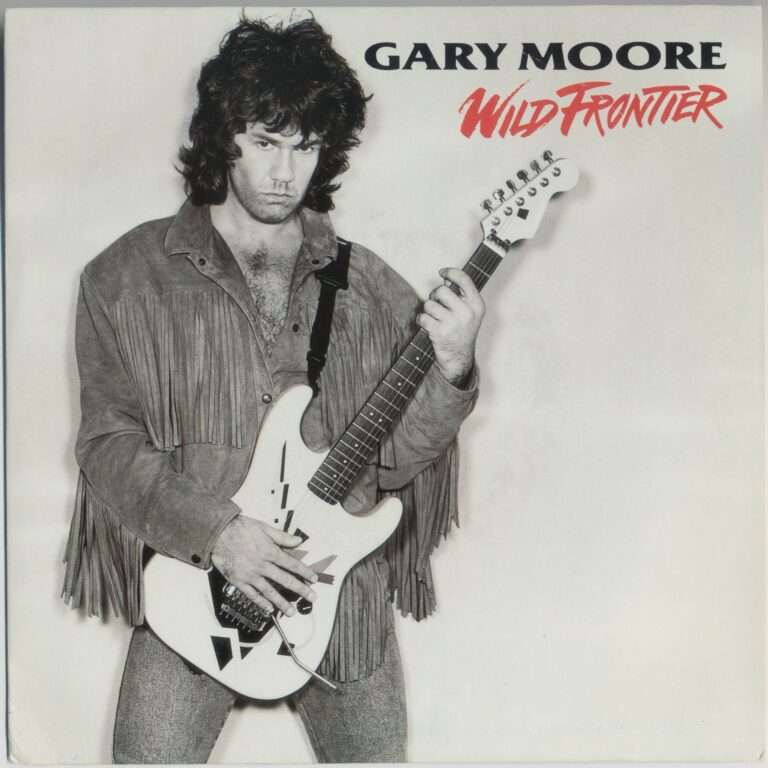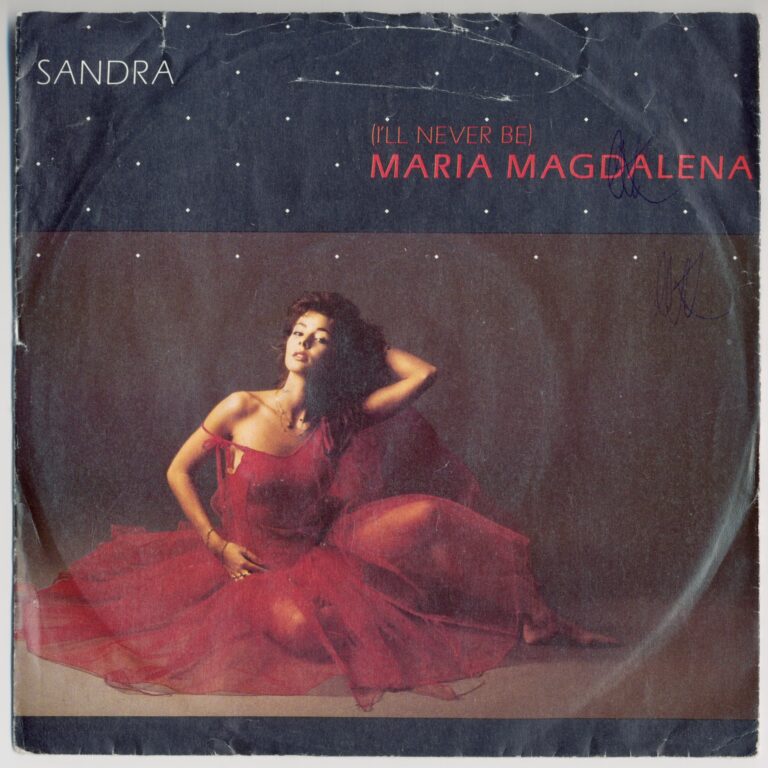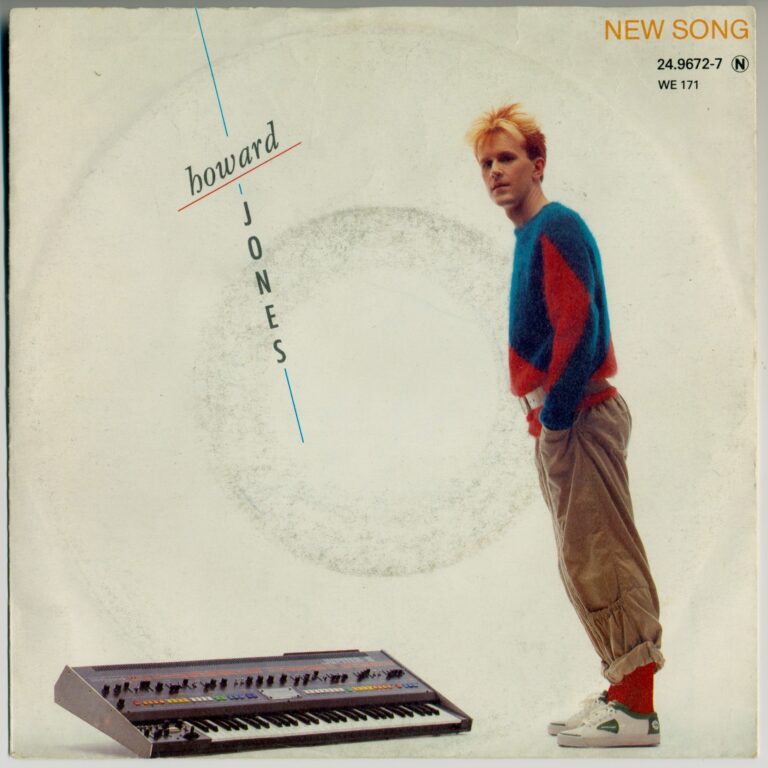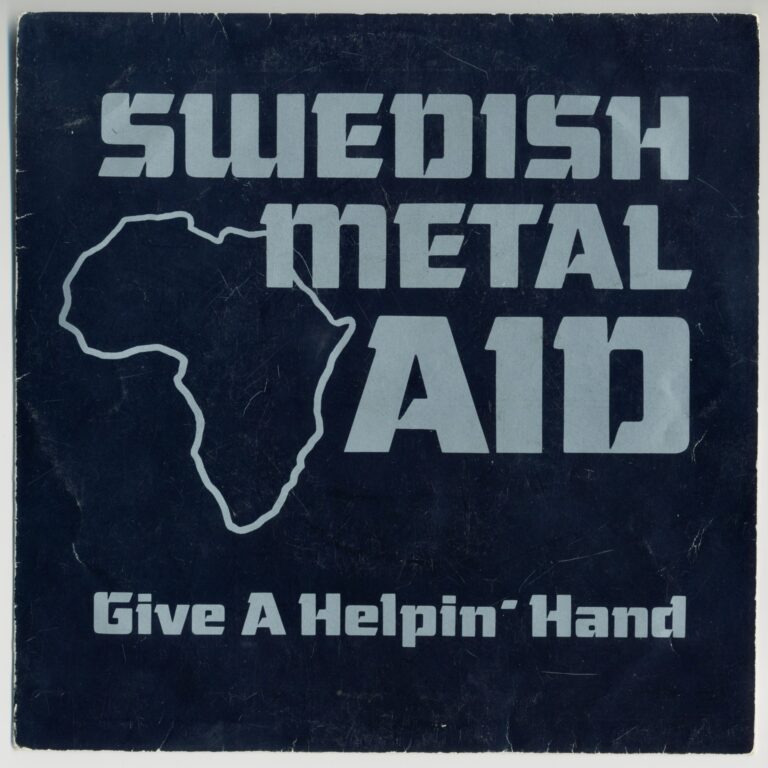Trackslistan – More Than a Countdown
For a quarter of a century, the Swedish radio program Trackslistan, or simply Tracks, was more than just a countdown of popular songs; it was a weekly institution that helped define a generation’s musical tastes. Premiering in 1984 on Sveriges Radio P3, the show quickly became a definitive barometer of Swedish popular music culture. It was a cultural phenomenon that connected a diverse audience across social and geographic divides.
The Legacy and the Host
Tracks did not emerge in a vacuum, but as a continuation of a long tradition of popular chart programs on Swedish public radio. It succeeded influential predecessors like Tio i topp and Poporama. Central to all three shows was the legendary radio host Kaj Kindvall, who established himself as a trusted voice in Swedish music broadcasting. His presence provided a sense of continuity, seamlessly transitioning a loyal audience from one era to the next.
A Hybrid Format of Curation and Public Choice
The show’s success was built on a unique hybrid model that combined public choice with professional curation. Unlike charts based solely on sales, Tracks gave the audience direct control over the playlist. In an era before digital voting, listeners would send in postcards with their song choices. This manual process fostered an intense sense of community, transforming a simple preference into a tangible act of support for their favorite artists.
However, listeners did not vote for just any song. The playlist was carefully curated from a pool of new and current tracks, known as “kval-låtar” (qualifying songs), selected by Kaj Kindvall. This hybrid approach allowed the program to maintain a high level of musical quality and diversity while still being fundamentally driven by popular demand.
A Catalyst for Swedish Music
Tracks played a pivotal role as a catalyst for the Swedish music industry, which in 1984 was perceived to be in a period of “stagnation”. The show’s deliberate strategy of prioritizing Swedish music helped to fill this creative vacuum. By providing a prominent national launchpad, the program helped a new generation of Swedish artists, like Roxette and Europe, achieve both domestic and international fame. The success of these artists, validated by the Tracks audience, provided the momentum necessary for their global careers.




